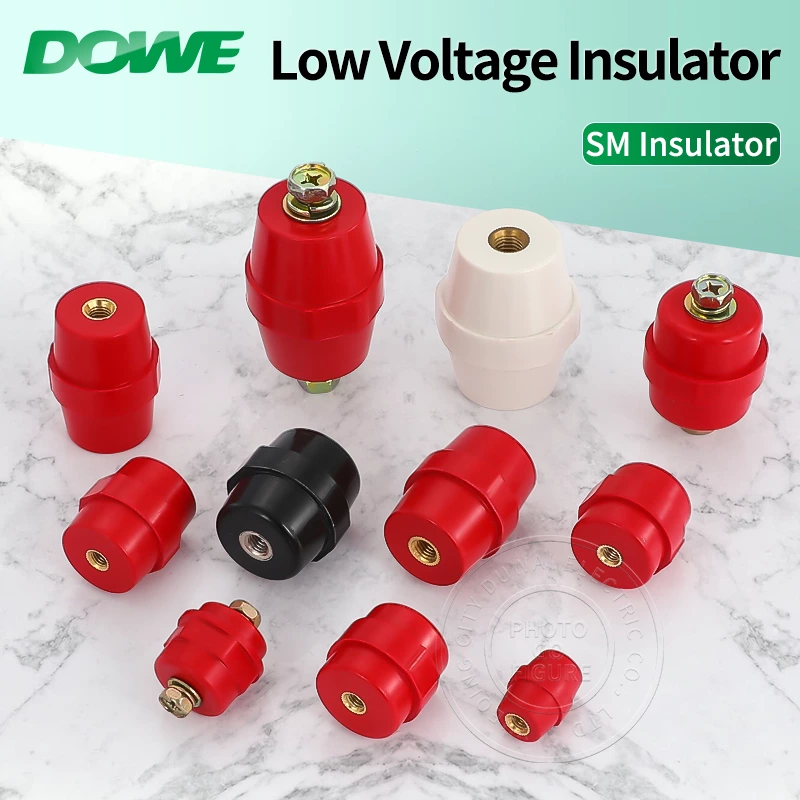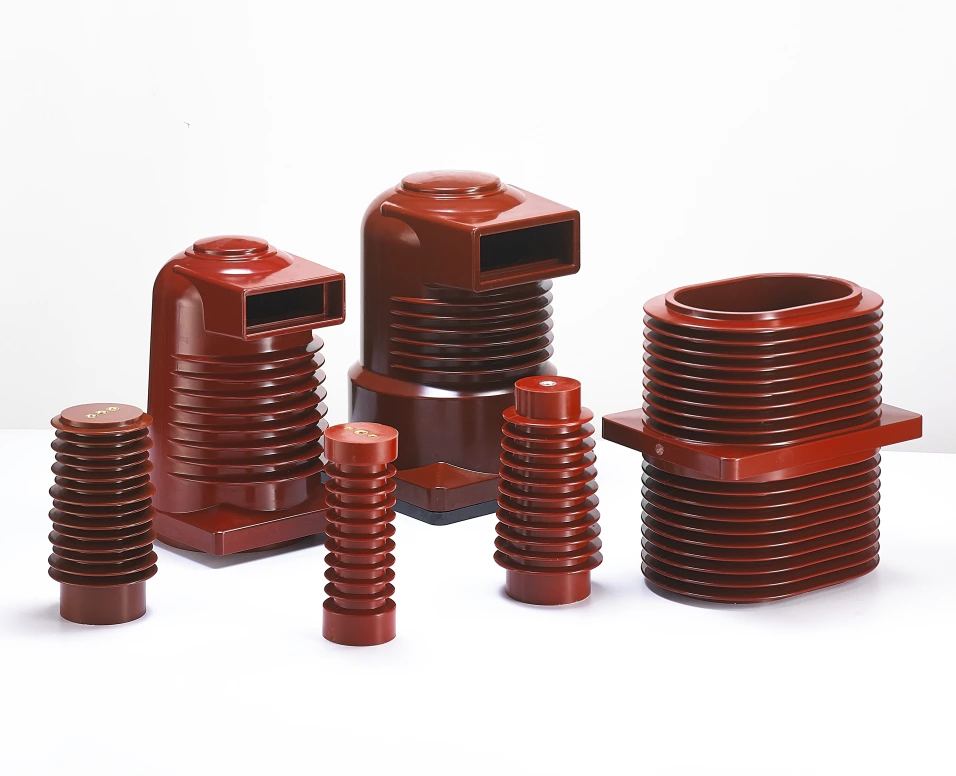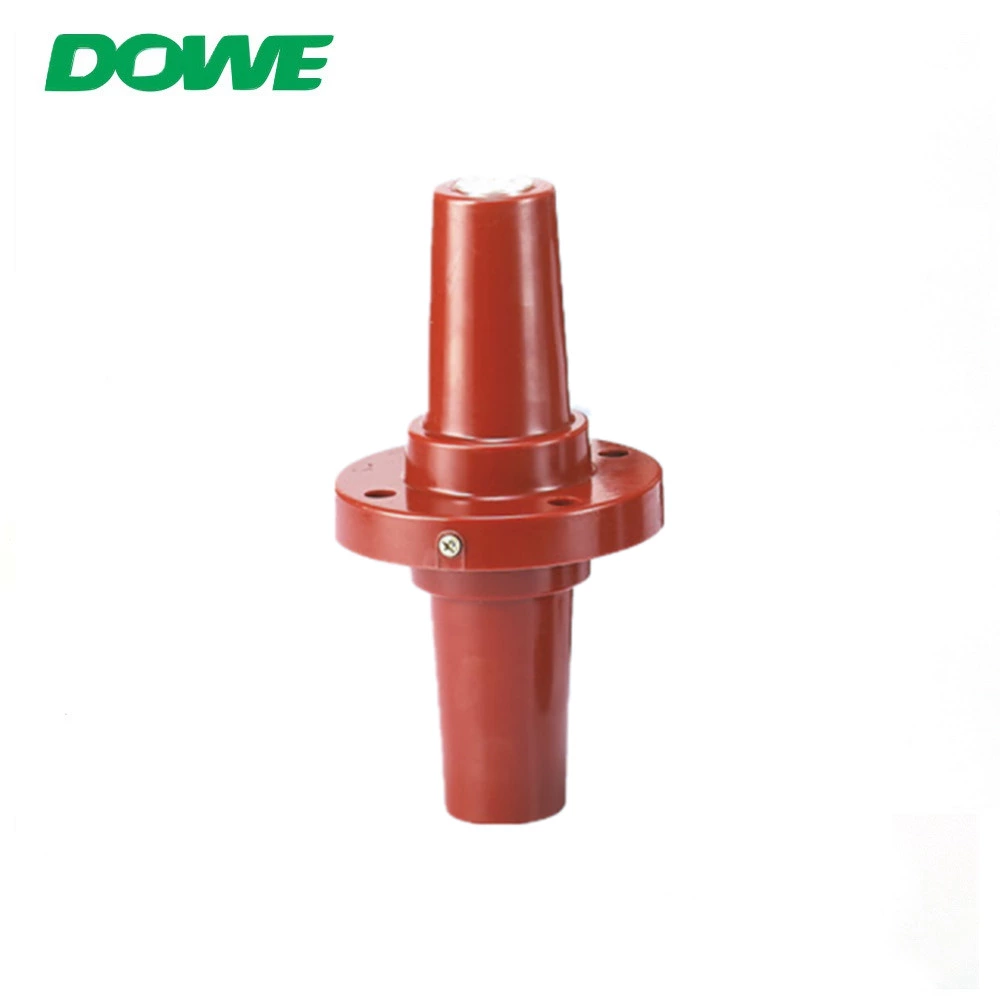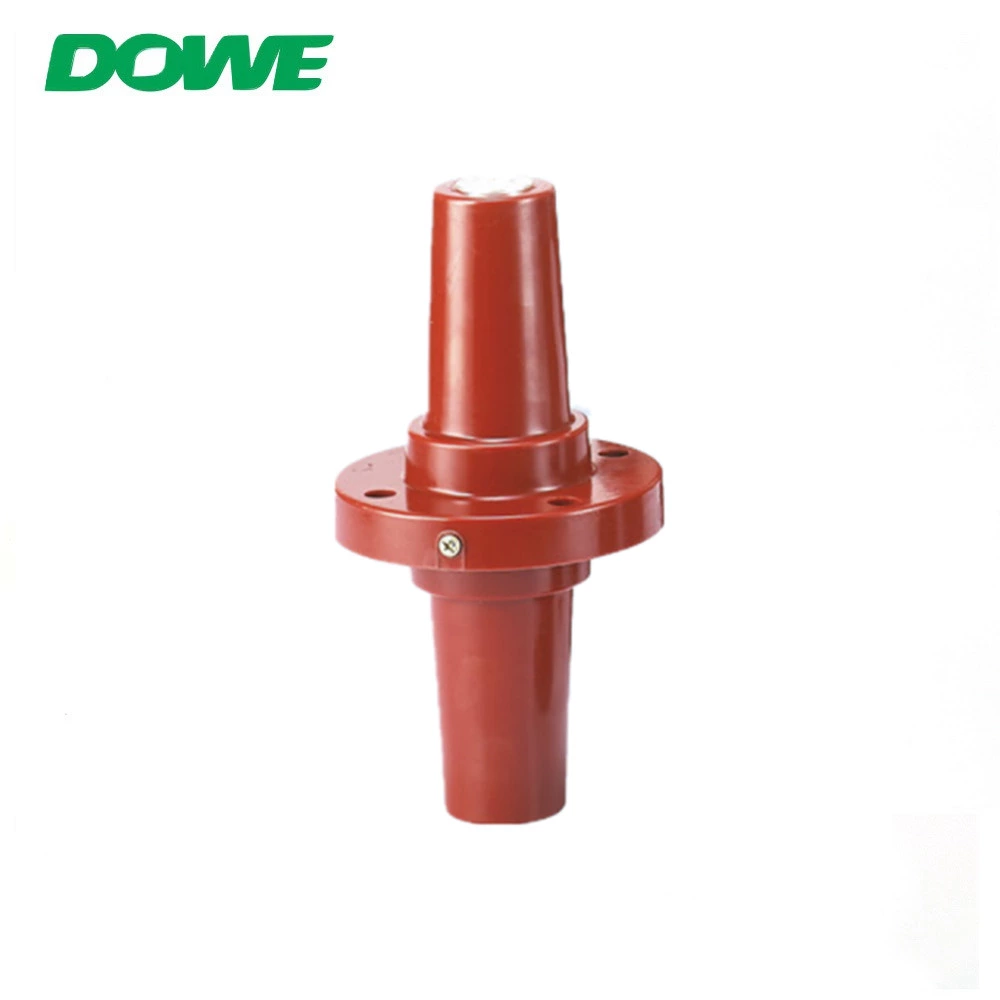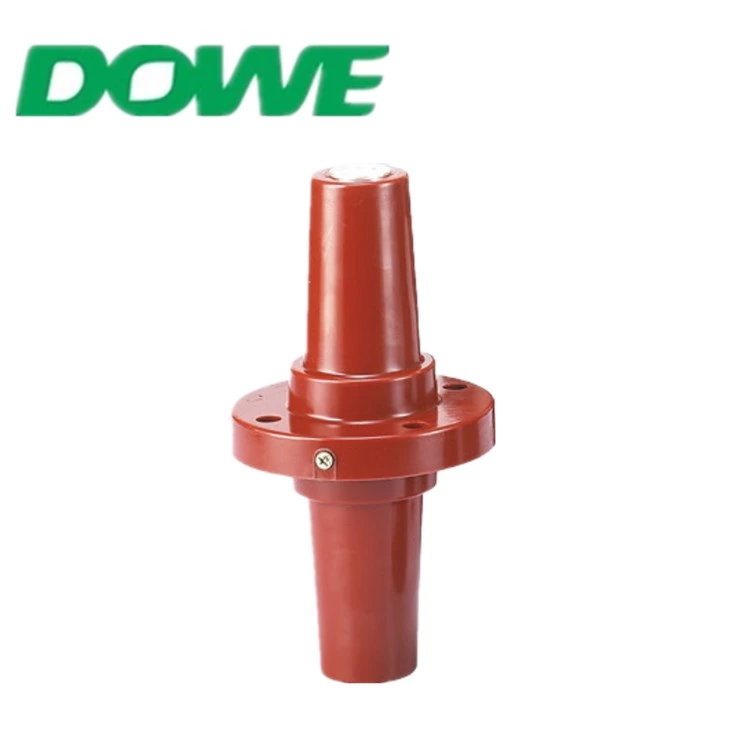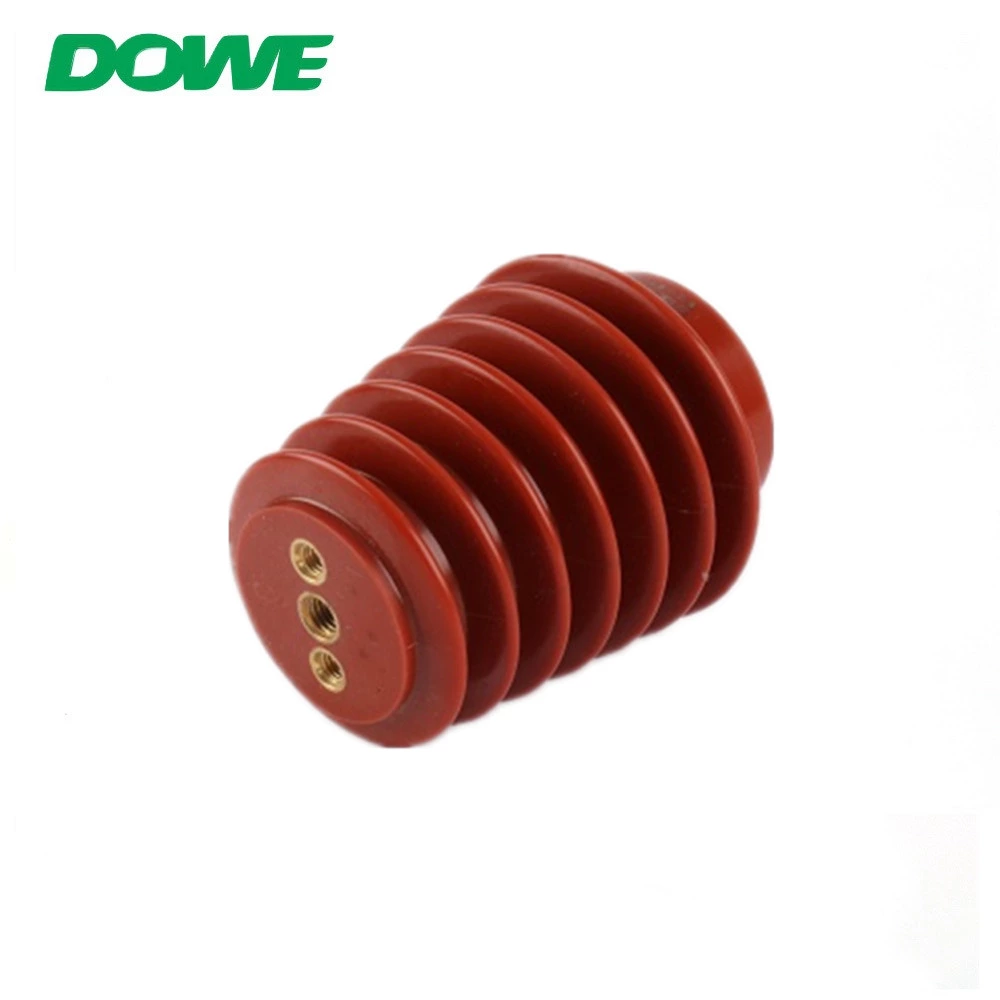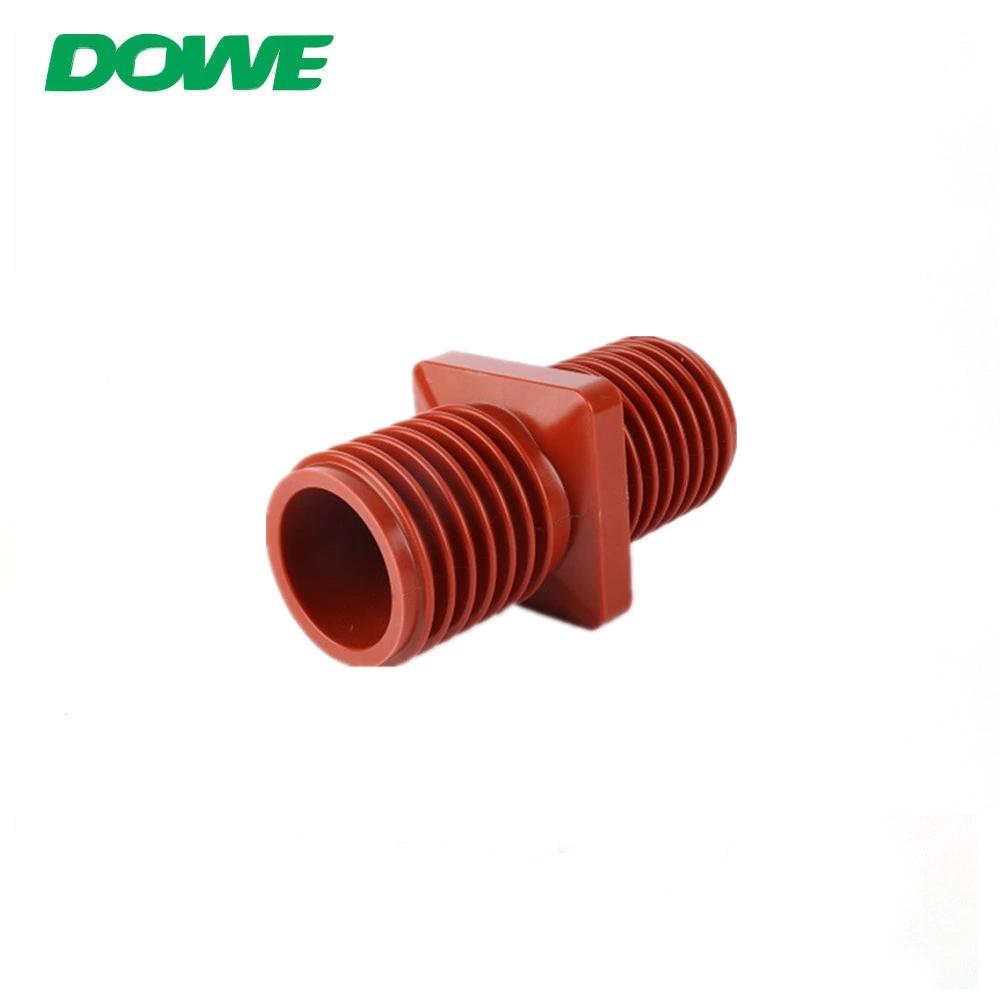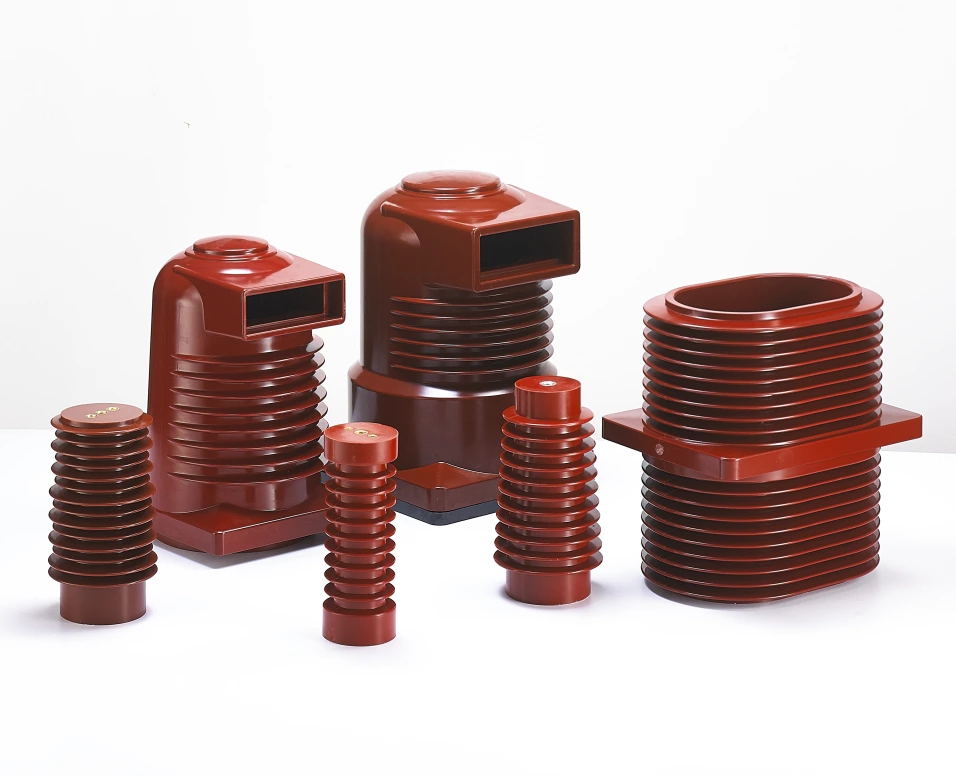Exploring the Advantages and Preparation Method of Halogen-Free Flame Retardant Heat Shrink Tubing
In order to meet the needs of use in special occasions and harsh conditions, halogen-free heat shrinkable sleeves have good mechanical and insulating effects, as well as resistance to aging, corrosion, good strength, a service life of more than 20 years, easy to use, and very good resistance combustion performance. Although halogen-containing heat shrinkable sleeves also have good flame retardant properties, when a fire occurs, such halogen-containing flame retardant materials will produce a large amount of smoke and toxic corrosive hydrogen halide gas, causing secondary hazards.
Halogen-free flame-retardant heat shrink sleeve is halogen-free flame retardant. It does not release toxic and harmful gases when burning and has low smoke density. It complies with the IEC61249 halogen-free directive: Br and Cl content < 900ppm, Br+Cl < 1500ppm. Halogen-free flame retardant heat shrink sleeve has good heat shrink, mechanical, electrical, flame retardant, corrosion resistance, salt spray resistance, solvent resistance and other properties.
Halogen-free flame-retardant heat shrinkable sleeves include, in parts by weight: ethylene vinyl acetate copolymer, maleic anhydride graft polymer, cyclohone masterbatch, ultra-fine surface treatment activated magnesium hydroxide, zinc diphosphate, surface Processing of ultrafine red phosphorus, organic nitrogen-phosphorus flame retardants, lubricants, antioxidants, sensitizing cross-linking agents, and color masterbatch.
Masterbatch processing steps: Add each component into an internal mixer according to the proportion and mix at 100-130 degrees Celsius, and then mix, extrude, draw and water-cool in a twin-screw extruder at 130-160 degrees Celsius. , air cooling, and pelletizing to obtain the halogen-free heat shrinkable sleeve material masterbatch;
Extrusion step: The masterbatch is extruded into pipes at a temperature of 100-160 degrees Celsius in a screw extruder equipped with a die and mandrel;
Irradiation step: The extruded pipe is radiated and cross-linked by an electron accelerator with energy above 2.0MeV, and the irradiation dose is 3.0 Mrad-16. 0 Mrad;
Expansion step: After irradiation, the pipe is expanded 2 times or 3 times in a vacuum expansion equipment at 110-220 degrees Celsius, then cooled and shaped to obtain a halogen-free flame-retardant heat shrinkable sleeve.
